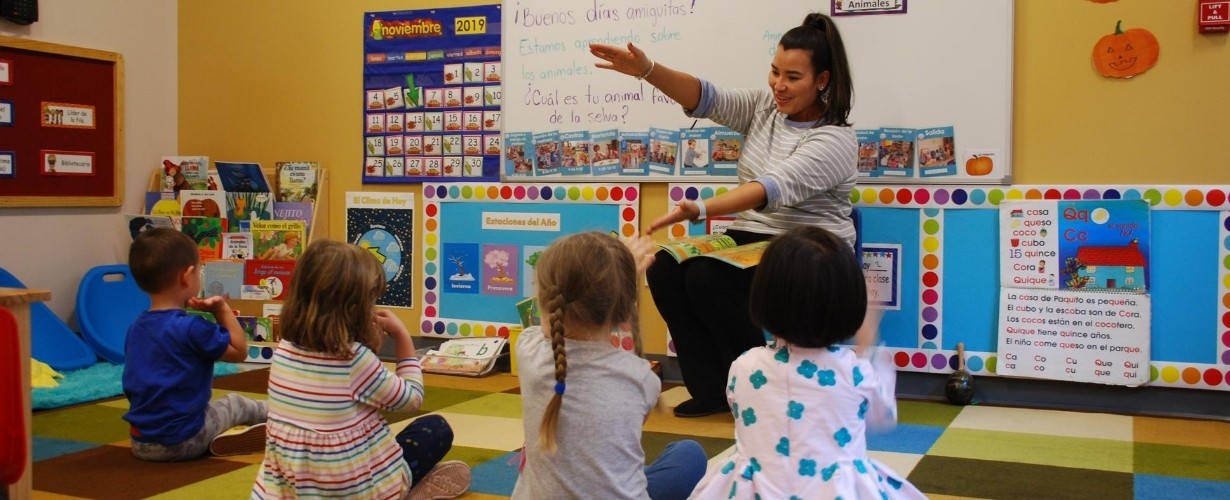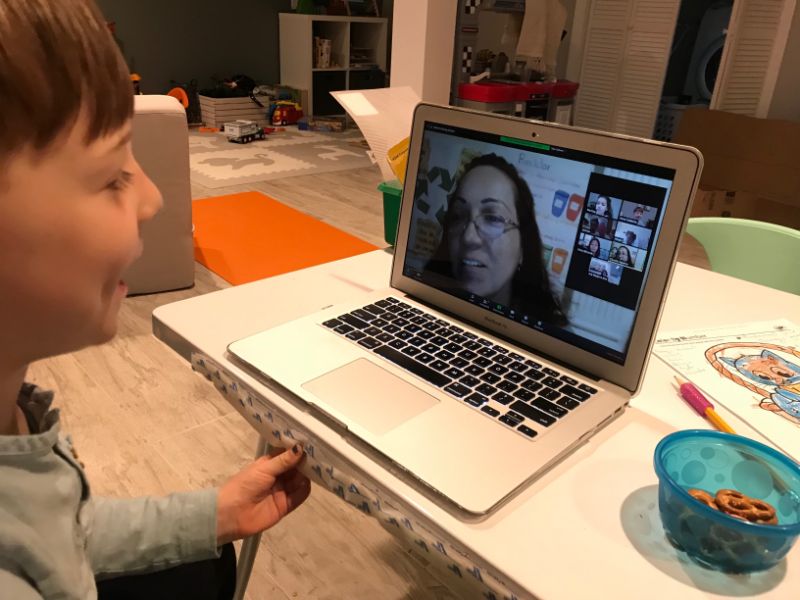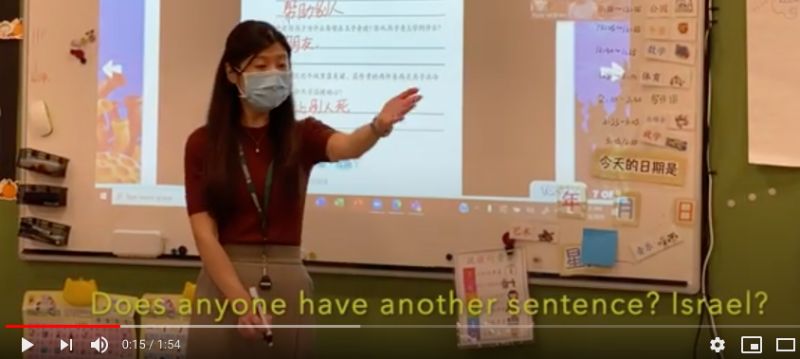
How Immersion Programs Provide Challenge for Gifted Youth
August 23, 2020
How America Can Improve Its Standing on the Program for International Student Assessment (PISA)
August 23, 2020
By Huijuan Wu, Elementary Mandarin Immersion Teacher
As I reflect on our sudden move to remote learning this past spring and my teaching during our virtual summer camp, there are many lessons learned as I reflect. I’d like to share my experience through these 10 tips:
1. Use a schedule similar to what they know from the in-class experience– having a familiar routine helps to put children at ease and make them comfortable knowing what will come next.
2. Set expectations of behavior – I find that positive encouragement for behavior such as being on time and listening to others helps to set the tone of a successful classroom. This is even more important in an online classroom.
3. Begin the lesson with a topic that students are familiar with and can relate to - This helps to ensure that they will feel comfortable contributing to the conversation.
4. Start each day with a new idea or song – children’s minds are like computers that often need to be rebooted or restarted. Each day brings new possibilities and we can all look forward to new day even if the prior day wasn’t our best.
5. Group discussion first then time for individual sharing – I like to use break-out rooms to allow students to discuss things in a group. I find that when I give them enough time to prepare, they do very well during our individual sharing time.
6. Use class time for speaking and collaborating– especially important in an immersion program is the opportunity for speaking. I believe written work can be done outside of class time and submitted separately.
7. Incorporate games – I like to involve my students in both designing and playing the games. They develop critical thinking and have fun while learning. I use enjoy designing and playing games with students to make learning enjoyable. To learn abstract Mandarin characters we can turn them into pictures or stories. This helps them remember them. Some websites and apps I like to use include:
a. https://www.educandy.com/
b. https://wordwall.net/
c. https://quizlet.com/
d. https://kahoot.com/
e. https://www.bingomaker.com/
8. Use student-created videos – not only do students have an opportunity to review and replay the videos I create, they benefit from creating their own videos which gives them an opportunity to explain their ideas to others and reflect on their learning.
9. Exploring new platforms – using platforms such as Seesaw, students are able to leave comments for the teacher, or record speaking practice or reading submissions. Other platforms enable students to dub cartoons from English to Mandarin and translate famous storybooks. The idea is the keep the learning effective and engaging.
10. Plan well – I usually spend twice the amount of time planning for the time frame I will teach. I try to map out different scenarios for how the class may unfold so that I am prepared. I prepare more than what I think can be covered, have a clear idea of the objectives of the lesson and try to make sure we achieve it. I’ve found if I try to teach too much it can backfire.
Teaching in a remote situation is challenging but it has enabled all of us to learn new ways of teaching and learning. As teachers, we never stop learning. And I believe I’ve picked up some ideas that I’ll continue to use even after a return to a more normal state.




